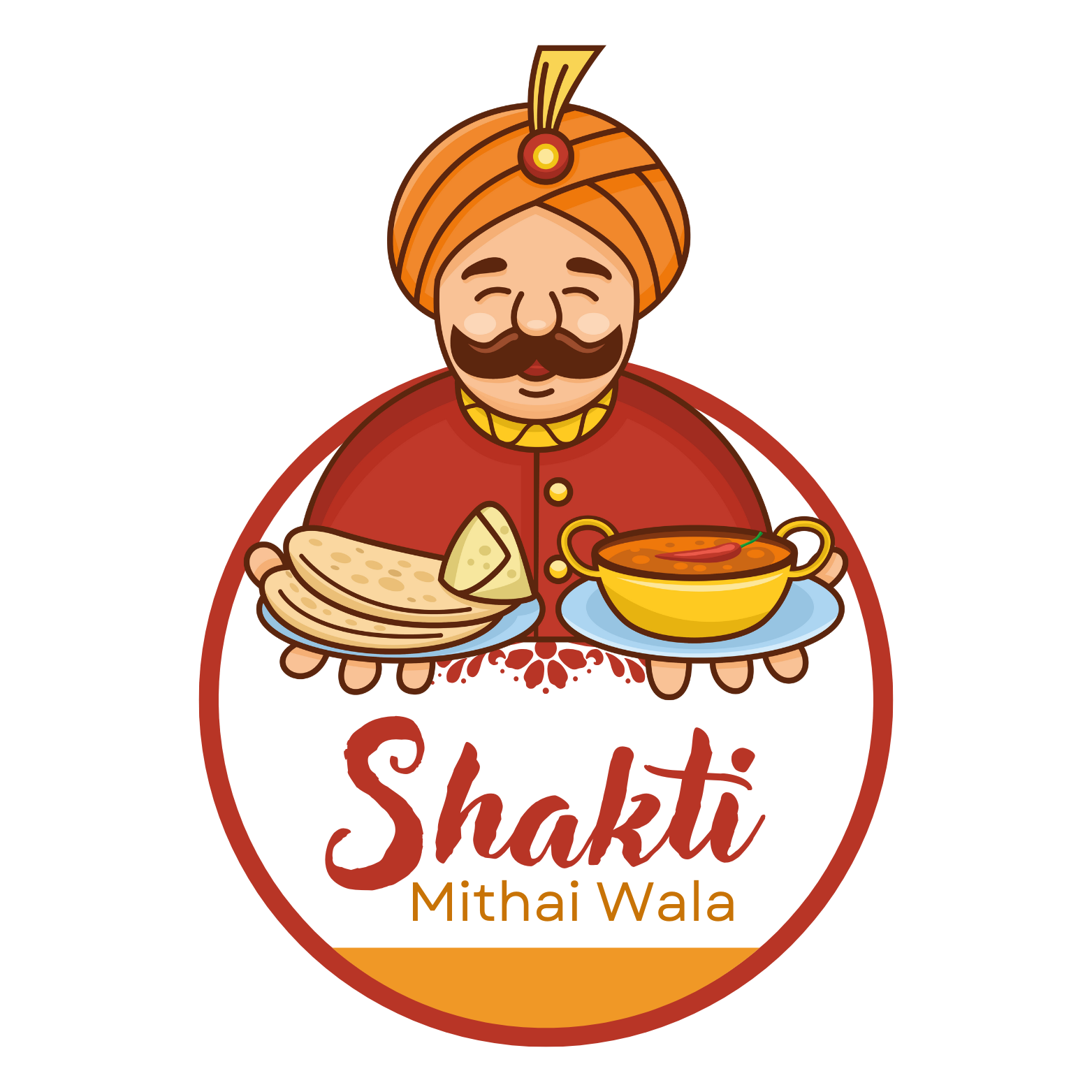This is the place to go if you were looking for an iPhone cable. Numerous Apple bias, including aged iPhones, iPads, AirPods, Magic Keyboards, and more, still use the company’s personal Lightning connection, indeed though an adding number of them have USB- C or wireless charging capabilities.

Best iphone cable
SUPERIOR DURABILITY: The Belkin BoostCharge Braided Cable has been tested to survive over 8,000+ bends
FLEXIBLE AND MANAGEABLE: Our iPhone cable’s ultra-flexible silicone technology gives you an Apple charging cord that’s both tangle resistant and kink free
MULTIPLE LENGTHS AND COLORS – These iPhone chargers are available in a variety of lengths and colors, so you can power up from an outlet on the other side of the room, or sync and charge your iPhone from your bag, with a color that matches your style
Indeed Apple- certified cords will serve just as well as Apple’s own, but the problem is that Apple’s Lightning lines are infamously cheap and precious compared to numerous third- party lines.
We have tested dozens of Lightning lines to identify the finest choices for a range of operations, whether you are displeased with the cord that came with your Apple iPhone or you simply want a backup.
The best Lightning cable for USB-C ports: Anker PowerLine II USB-C to Lightning Cable (10 feet)
Who should buy it: Anyone looking for a long, sturdy cable that will charge Lightning-powered products like AirPods and iPhones before 2023 as quickly as possible.
Why it’s so good: The Anker PowerLine II USB-C to Lightning Cable (10 feet) is excellent primarily because it allows for the fastest charging speeds. The PowerLine II can charge most iPhones up to three times faster than a USB-A–to–Lightning connection when used in conjunction with a USB-C port that outputs at least 18 watts of electricity, such as those found in many of our favorite laptops, power banks, and wall chargers.
An iPhone 8 or later’s battery can be charged from completely dead to 50% in 30 minutes using a powerful enough wall charger, but Apple’s standard cable and charger can only charge the battery to 17% in the same amount of time (as we tested with an iPhone XR). Although the rate at which batteries charge varies, this number generally corresponds to a full phone charge in an hour as opposed to three hours. Apple has verified that this cable will work best (in terms of charging and data-transfer capabilities) with its Lightning-powered devices because it is MFi-certified.
Despite being smooth and gripping, the PowerLine II’s rubber sheath is incredibly robust, withstanding daily wear and tear for almost a year in our tests. We saw very little shaking when we put both ends of each cable into various devices; this stability guarantees a strong connection for data transfer and charging.
Out of all the cables we evaluated, the housings—the sections that join the metal connectors to the cable body—are the strongest and most comfortable to hold. The housings, which are made of a single piece of matte-textured rubber, give you enough of space to hold the plug securely when plugging it in and disconnecting it—the ideal method to prevent fraying and breaking.
The hook-and-loop tie that comes with this cable is an optional but equally valuable part. Convenient and simple to use, the tie prevents the wire from becoming tangled beneath your desk or uncoiled within your luggage.
This lightning cable is a luxurious ten feet length, in contrast to most others. The additional length is invaluable if you regularly charge your phone far from an outlet, such as when you’re resting in bed, relaxing on the couch, or passing the time by your gate at the airport.
All three variants are available in black or white and are protected by Anker’s lifetime warranty. Furthermore, Apple no longer manufactures a 10-foot Lightning cable, and the 3-foot and 6-foot cables are now more affordable than their Apple counterparts.
We have one issue, but it’s not a major one: the Anker PowerLine II USB-C to Lightning Cable isn’t as thin as some of the other cables we examined, such as Apple’s Lightning cords. We don’t mind a little extra bulk, though, because it’s still among the smallest options and it beat the competition in every other aspect.

